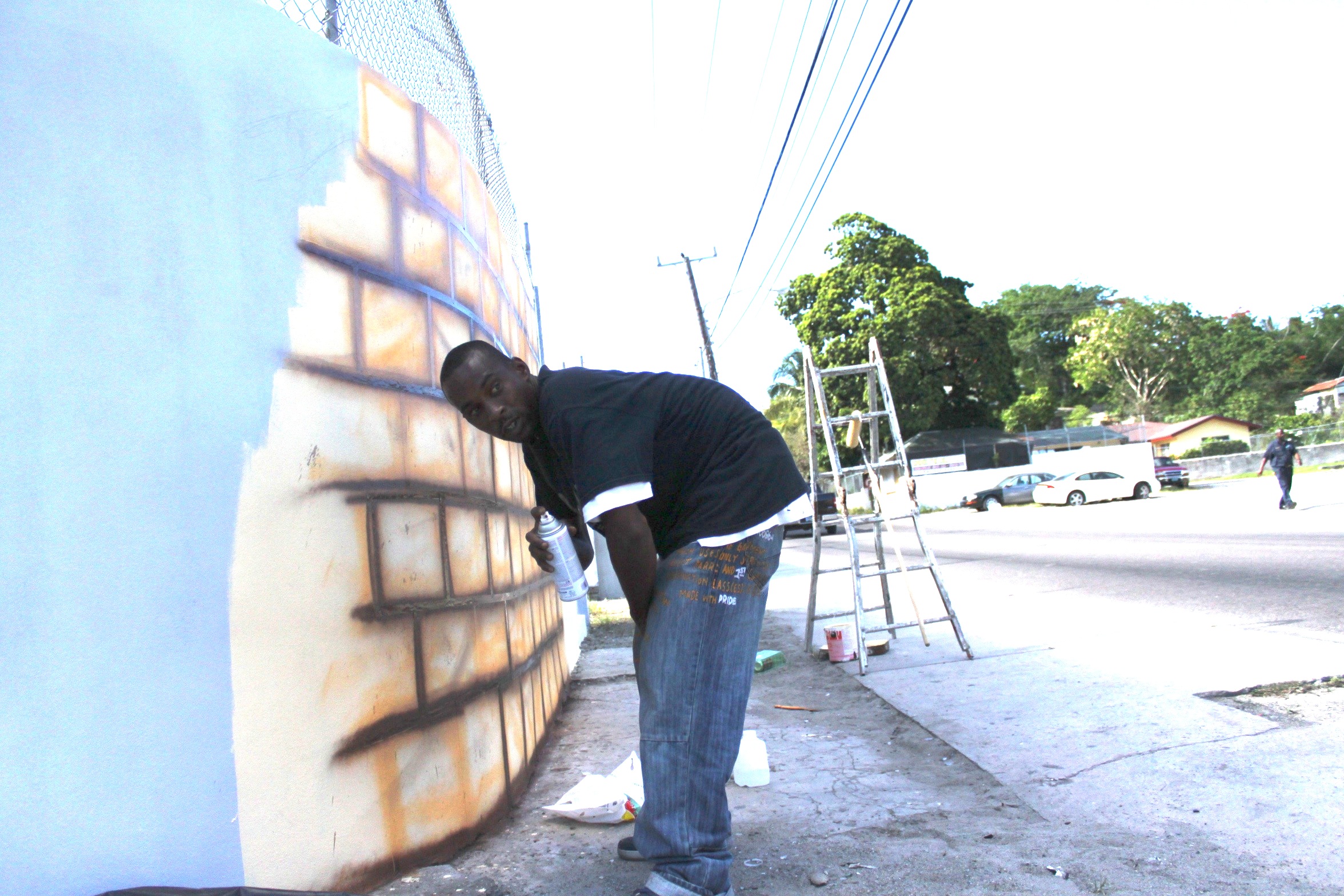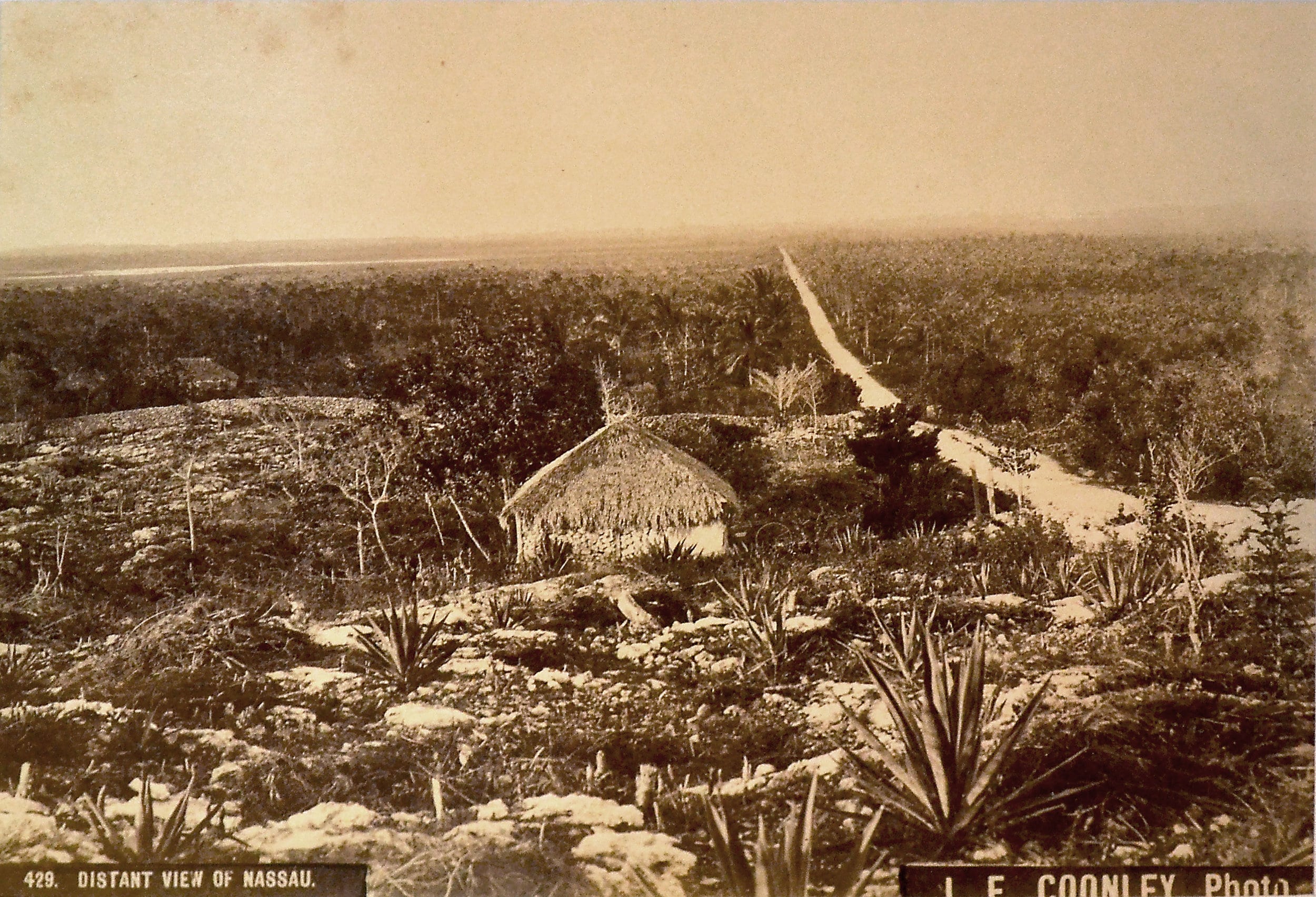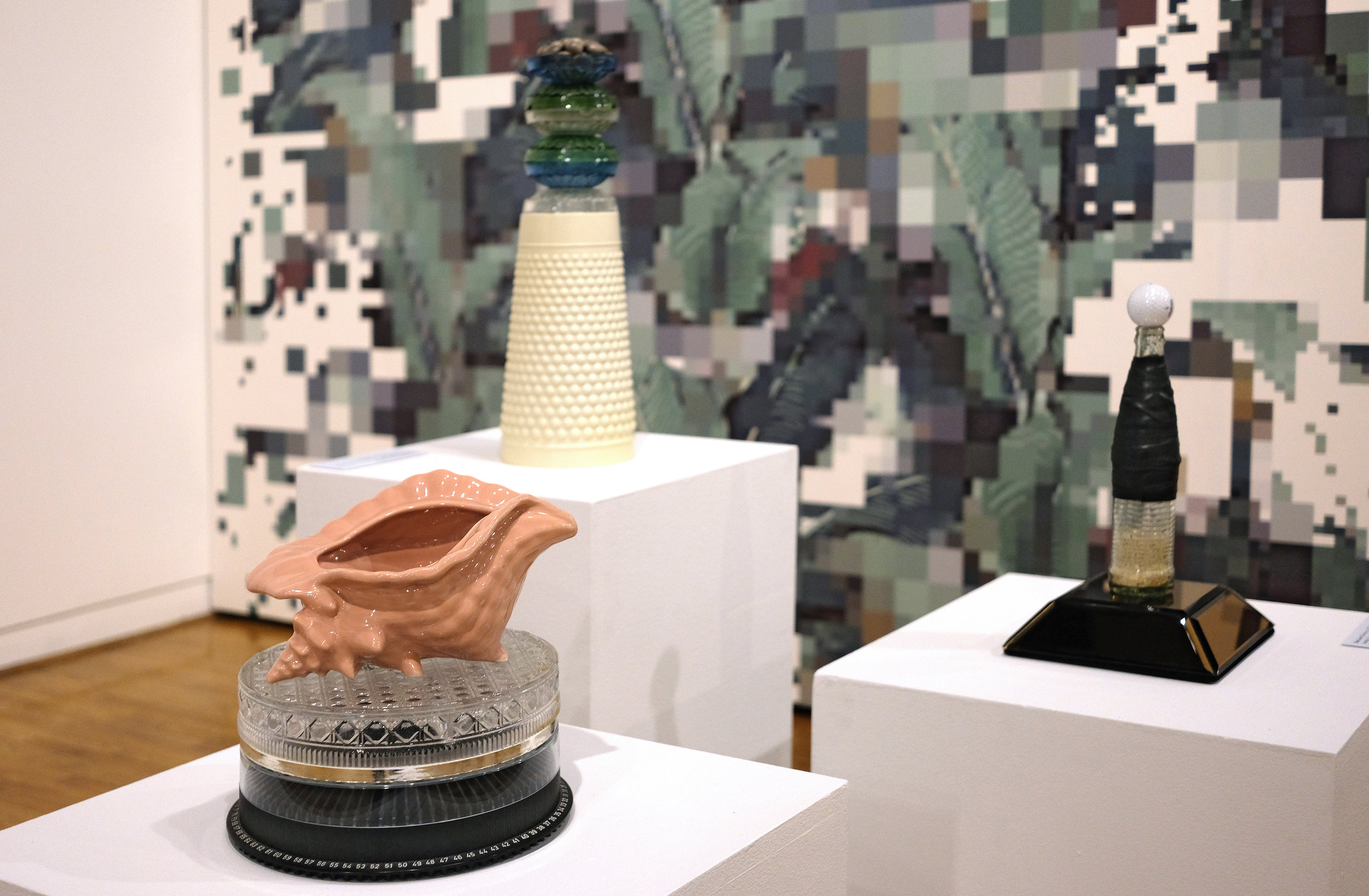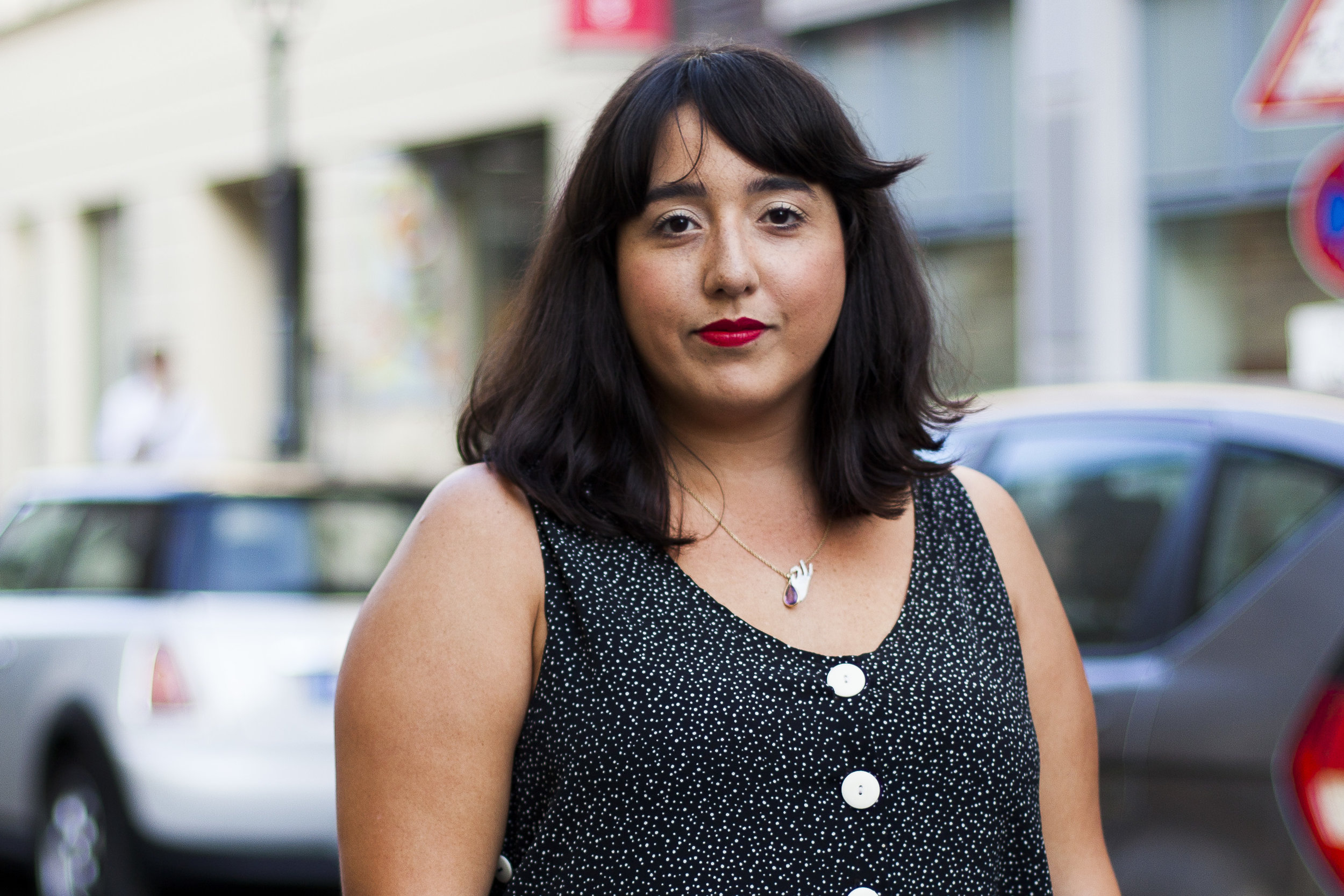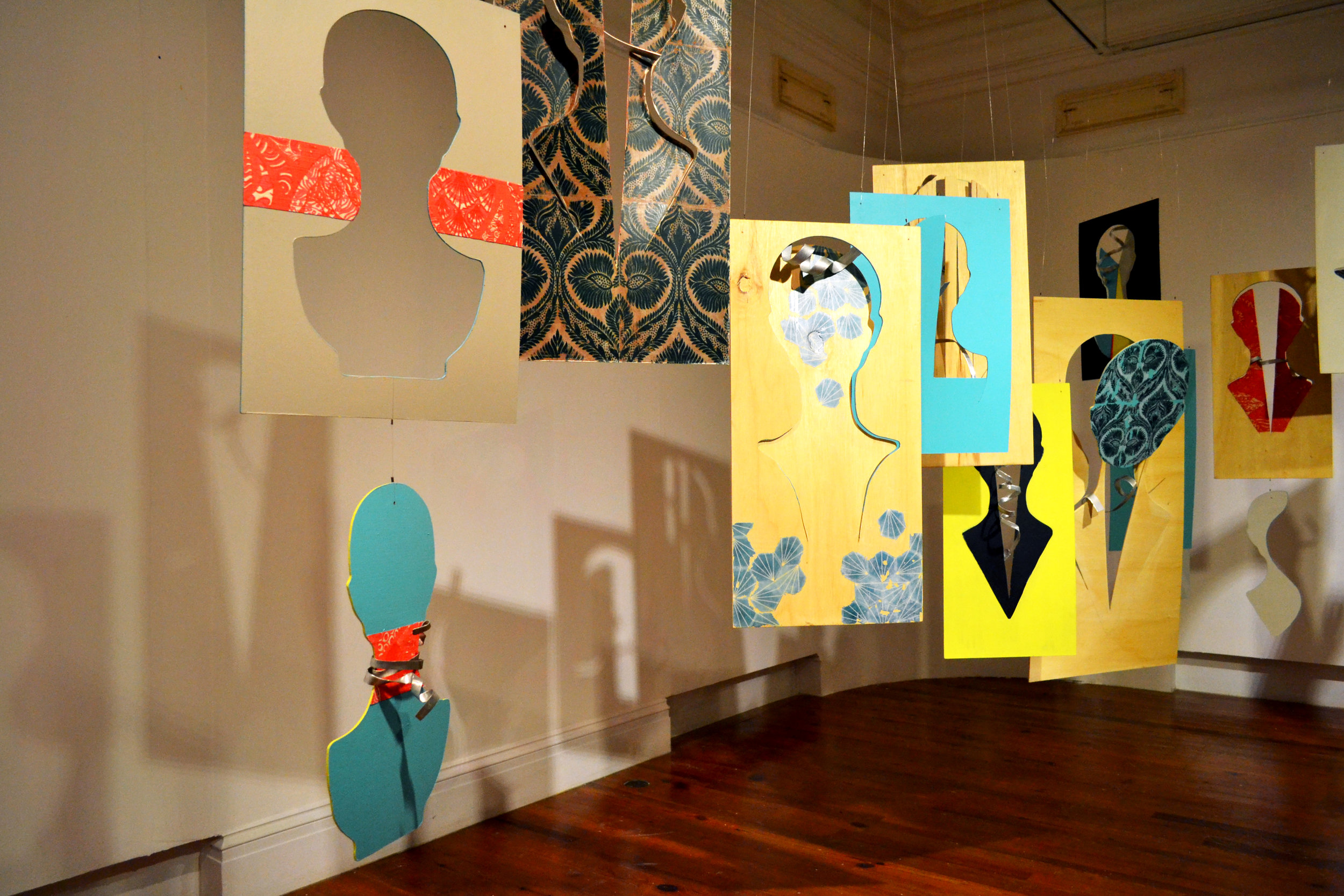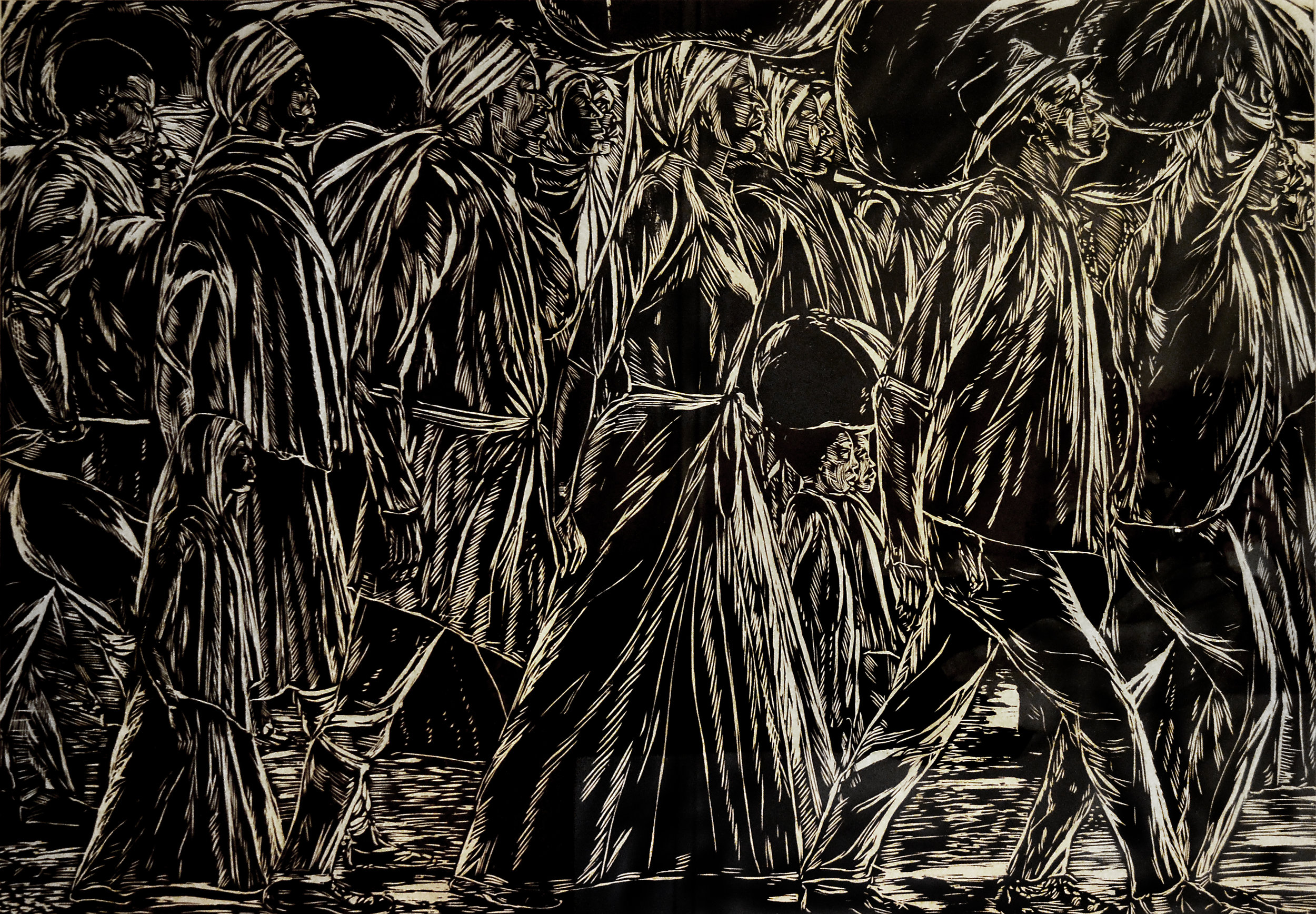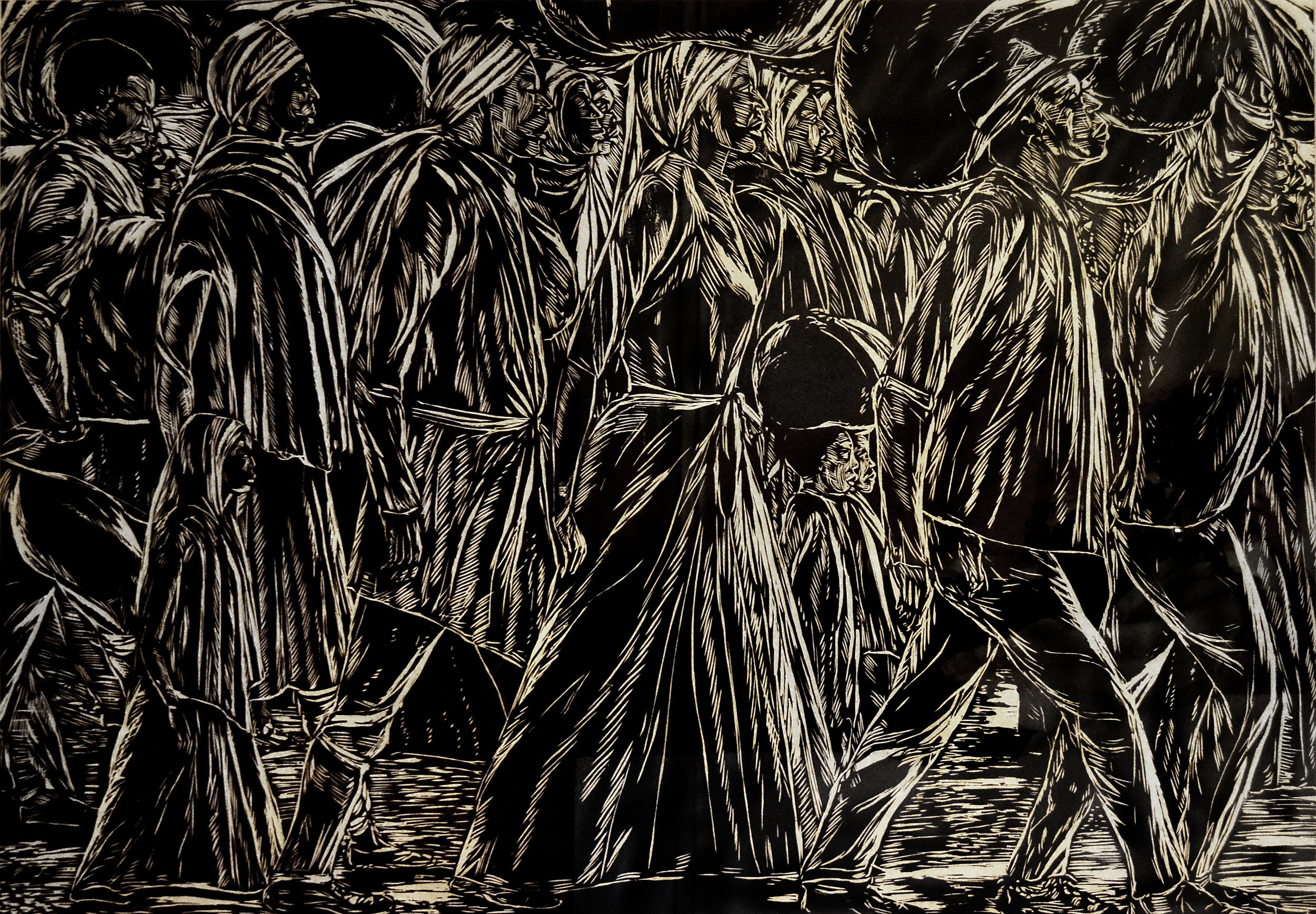By Amanda Coulson. On December 13th, 2017, The Bahamas lost another creative soul. Unlike Jackson Burnside, Ronnie Butler, Amos Ferguson or Cleophas Adderley—to name only a few of the wonderful talents we have lost in the last decade—the death of Deon “Slime” Mc Hardy went sadly comparatively unnoticed. Neither the broader art community nor the general public seemed to pay much attention. Yes, it was noted by some with expressions of grief; yes, there were “crying emoticons” and “thumbs down” on Facebook, but outside of the Junkanoo community – of which Deon was an integral part – there were no lengthy obituaries, no packs of public figures claiming him as a great Bahamian son, to be fêted after his passing (since we do not the most stellar job of value these creative people when they are living).
All posts by Natalie Willis
Creative Youth: Reevaluating Our Values and the Work of Young People
By Dr Ian Bethell Bennett. The Bahamas has quickly become a country with multilayered and multifaceted youth conflicts. Over the last ten years, these issues have taken the fore and removed the focus from real and positive change. Violence, youth disengagement and youth disaffection can be addressed through creative expression and creative practice. However, in a school system that argues for a focus on the STEM and not STEAM, but without any real engagement–where art and performance are seen as outside and unwanted stepchildren–it is significant that some young Bahamians are excelling in their work and their creative expression.
From the Collection: “A Distant View of Nassau” (c.1857-1904) by Jacob F. Coonley
By Natalie Willis. Looking at this photograph, “distant” is certainly apt in different facets of the word. It is a distant, far off view. It is a distant time, a bygone era. It is also a distant idea to think of Nassau in this way – so largely uninhabited with stretches of green bush for miles, sisal and rocky paths to illustrate this difficult land – formerly difficult for our floral inhabitants, now harder for the people living in what feels like harsh social terrain. The reactions witnessed to this image are very telling, the astonishment on locals faces when they try to imagine a Nassau like this seems like having to tell someone to imagine us in prehistoric times, not just over 200 years ago. That surprise speaks to the way the development has become so utterly integral to our identity in the capital, and truly the country as a whole.
From Nassau to Long Beach: Bahamian artists participate in “Relational Undercurrents” exhibition at Museum of Latin American Art.
By Amanda Coulson.For the last decade, the Caribbean has been slowly garnering more and more international attention: “Infinite Island: Contemporary Caribbean Art,” (2007; Brooklyn Museum, NY), “Wrestling with the Image: Caribbean Interventions” (2011; Art Museum of the Americas, Washington, D.C.), and “Caribbean Crossroads of the World,” (2012, The Studio Museum, Museo del Barrio and The Queens Museum, NY) have brought work from the region into the spotlight through broad, collective shows with varying degrees of success.
Fabric Printing Workshop brings crowd to NAGB: NAGB Kicks off Fall Programming
By Katrina Cartwright. As a part of The National Art Gallery of The Bahamas’ monthly programming, the “Fabric Printing Workshop” with Joiri Minaya, the first workshop for the fall season, was held on Saturday, October 14th on the Gallery’s grounds. Led by Double Dutch artist Joiri Minaya, a diverse group of 19 participants were introduced to the basics of block printing then invited to try out their designs on fabric.
The Domestic Not-So-Tourist: Marina Reyes Franco visits The Bahamas as recipient of the CPPC Travel Award
By Natalie Willis. The aftermath of this historic hurricane season has thrown the inter-relations of countries in the Caribbean, and the attitudes around it all, into much clearer focus. The growing regional engagement over the years hasn’t just involved development or relief efforts, but we have also seen a rise in intra-Caribbean art and cultural research and projects – which is very exciting indeed and adds some levity to this difficult period we are all going through together. Balancing both of these realities – of arts development and relief efforts – in her mind, is curator Marina Reyes Franco from Puerto Rico, who is currently travelling around different nations in the region as this year’s recipient of the 2017 Colección Patricia Phelps de Cisneros (CPPC) Travel Award for Central America and the Caribbean, a joint effort between the CPPC Travel Award and Independent Curators International (ICI)
The Nature of Art: In proverbial bloom
By Malika N. Pryor.‘They’ say that art imitates life. However, sometimes, art does more. It reflects, as a full and truly inspired representation of its surroundings, both pulling from and aspiring to the beauty that nature—flora, fauna and even human beings—bring to our world.
Re-encountering Identity: The newest Double Dutch exhibition, “Re: Encounter”
By Natalie Willis.Regional engagement is key to developing the arts ecology in The Bahamas. This historic hurricane season has shown us that the Caribbean is far stronger united than apart, and that we must look to our archipelagic family of island-nations to support us when the rest of the world might not quite feel so compelled. The Double Dutch series of exhibitions is our way of extending that notion of camaraderie and union, the coming together of different artists to show how we are a Caribbean full of places that, while similar given the history, still hold very unique practices and cultures and ideas of self. This newest iteration of the playful, two-person show brings Dede Brown into the fold as our Bahamian contingent, known for her vivid and beautiful material explorations in space (think: the aluminium flamingos at the airport), and paired with her is Dominican-American artist Joiri Minaya and her intriguing explorations into identity and Otherness.
Searching for Empathy: Revaluing self in relation to others
By Dr. Ian Bethel Bennett. Where is our empathy? Empathy is our ability to understand other people’s experiences and to provide some support, either from afar or from nearby. We understand, or so we claim, that Black Lives Matter; we get the idea that Black and Latino youth have different experiences in the United States than most white children.
From the Collection: Maxwell Taylor’s “The Immigrants No.3” (c1990)
By Natalie Willis. Maxwell Taylor’s woodcut prints are truly a thing of beauty in more ways than the obvious. The stark contrast and drama of a black and white printed image is something to behold in itself, but the way that he incorporates black bodies and the struggles they go through adds a poignant beauty of a different kind. He doesn’t make the struggle pretty, he shows people with the nobility they deserve, migrants included. Using the traditional practice of woodcut printmaking, Taylor’s “The Immigrants No.3” (c.1990) holds just as much meaning now as it did when it was first shown
